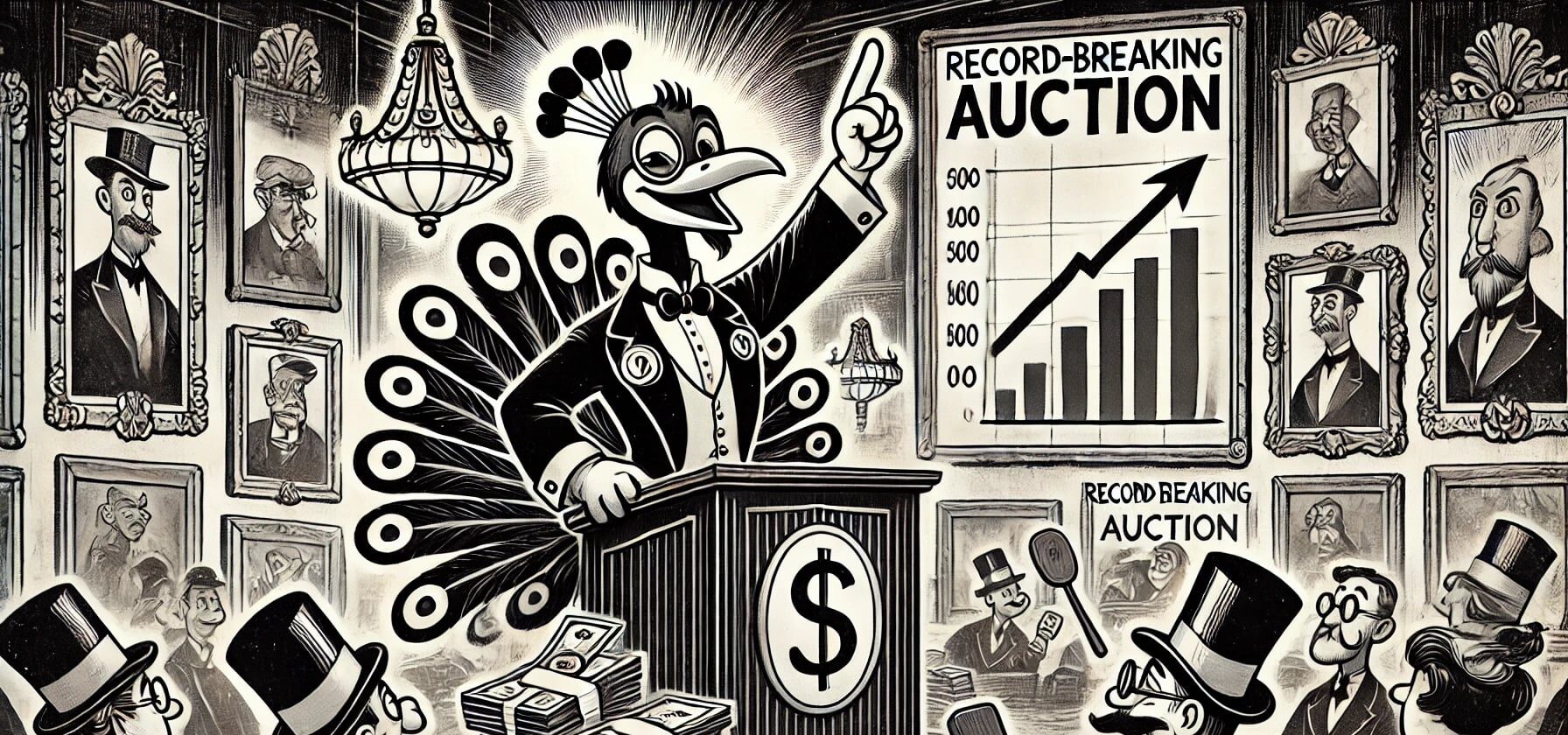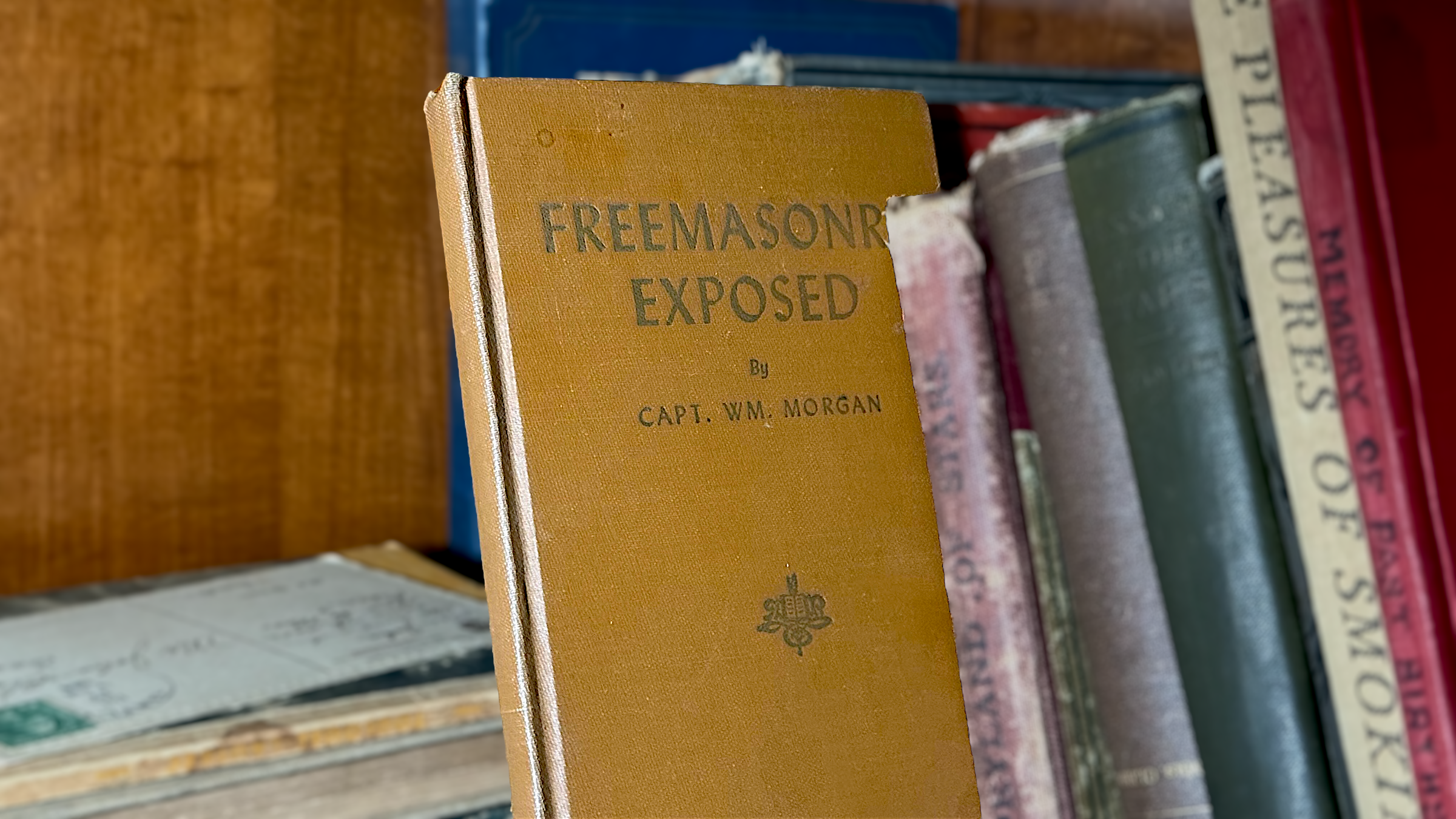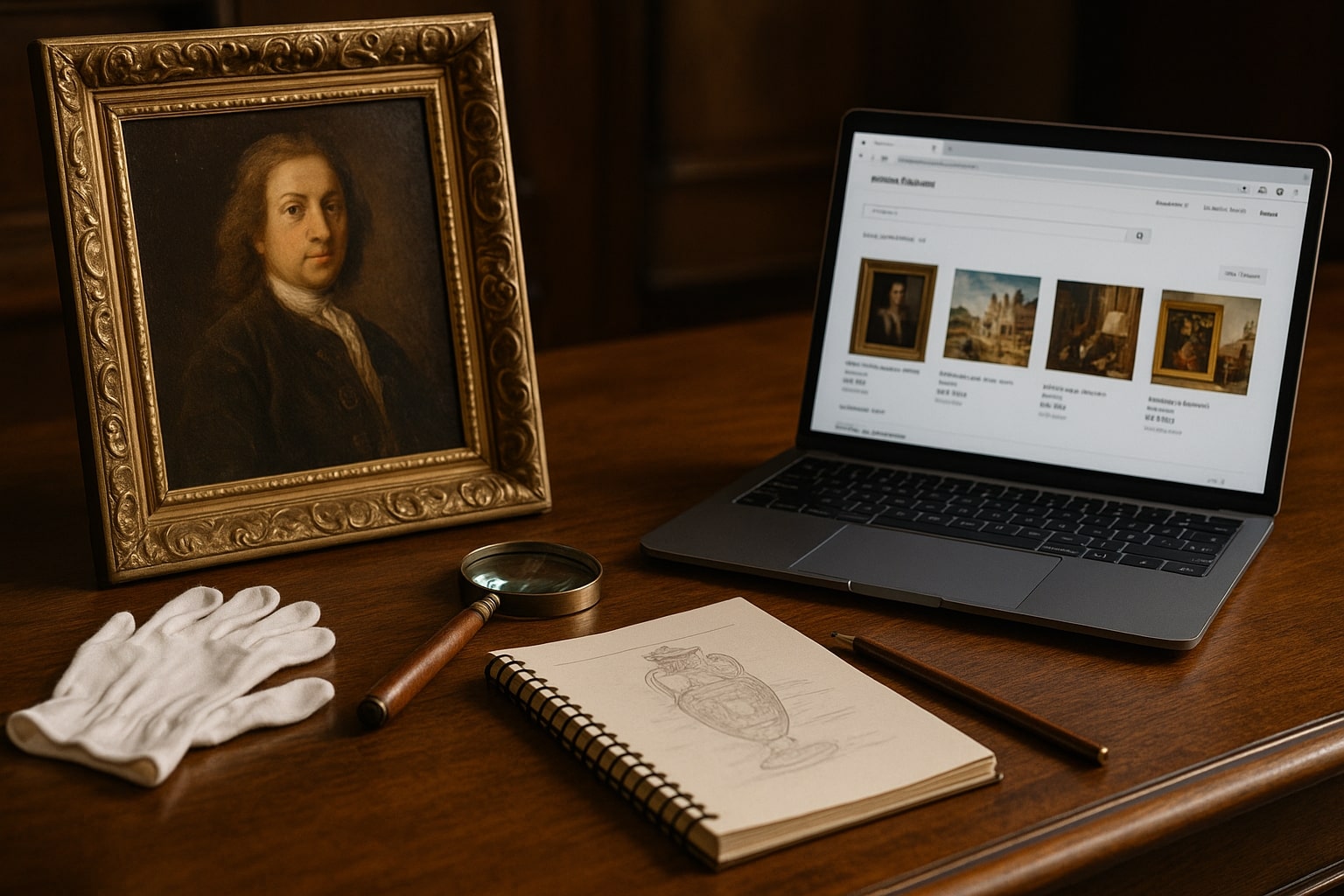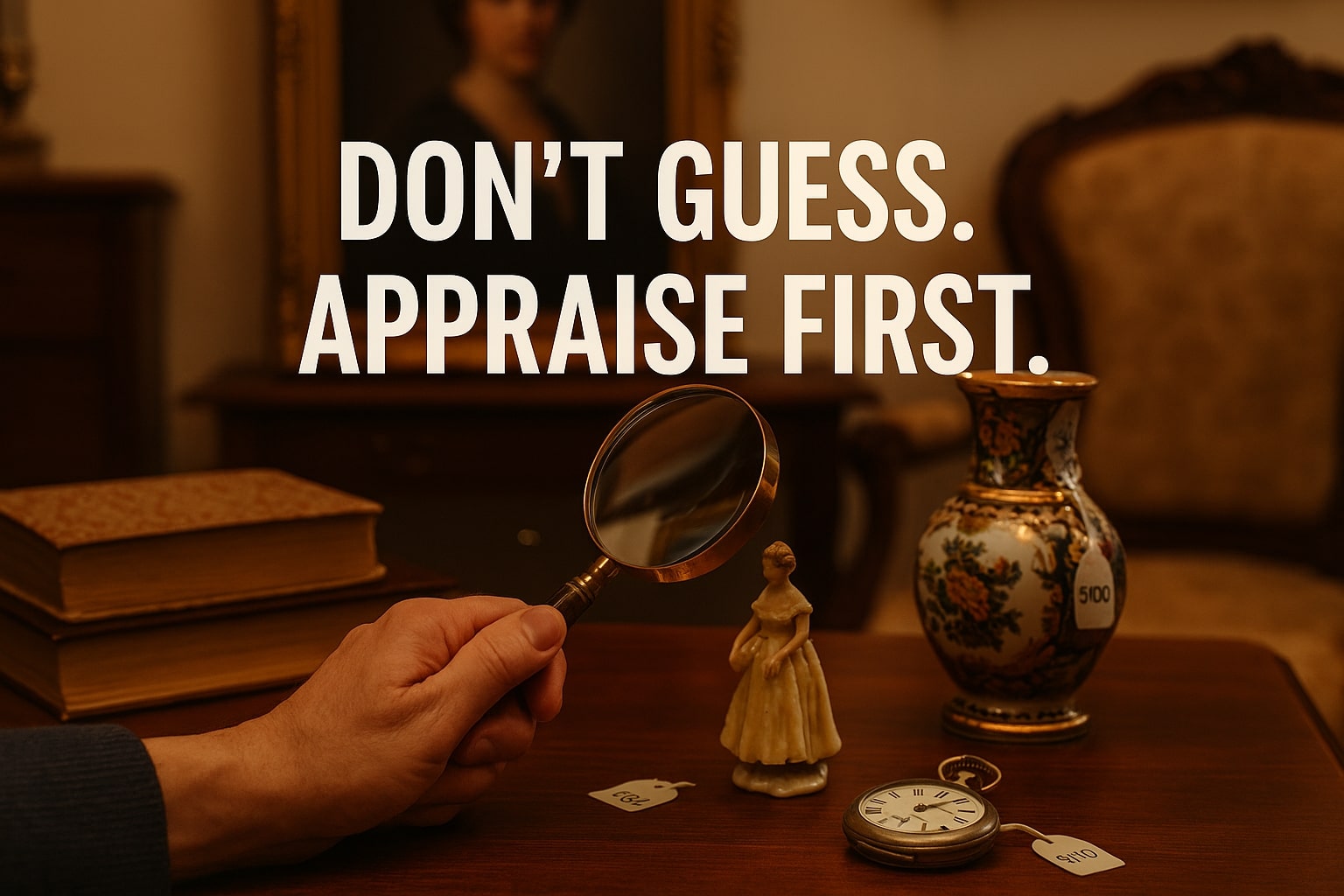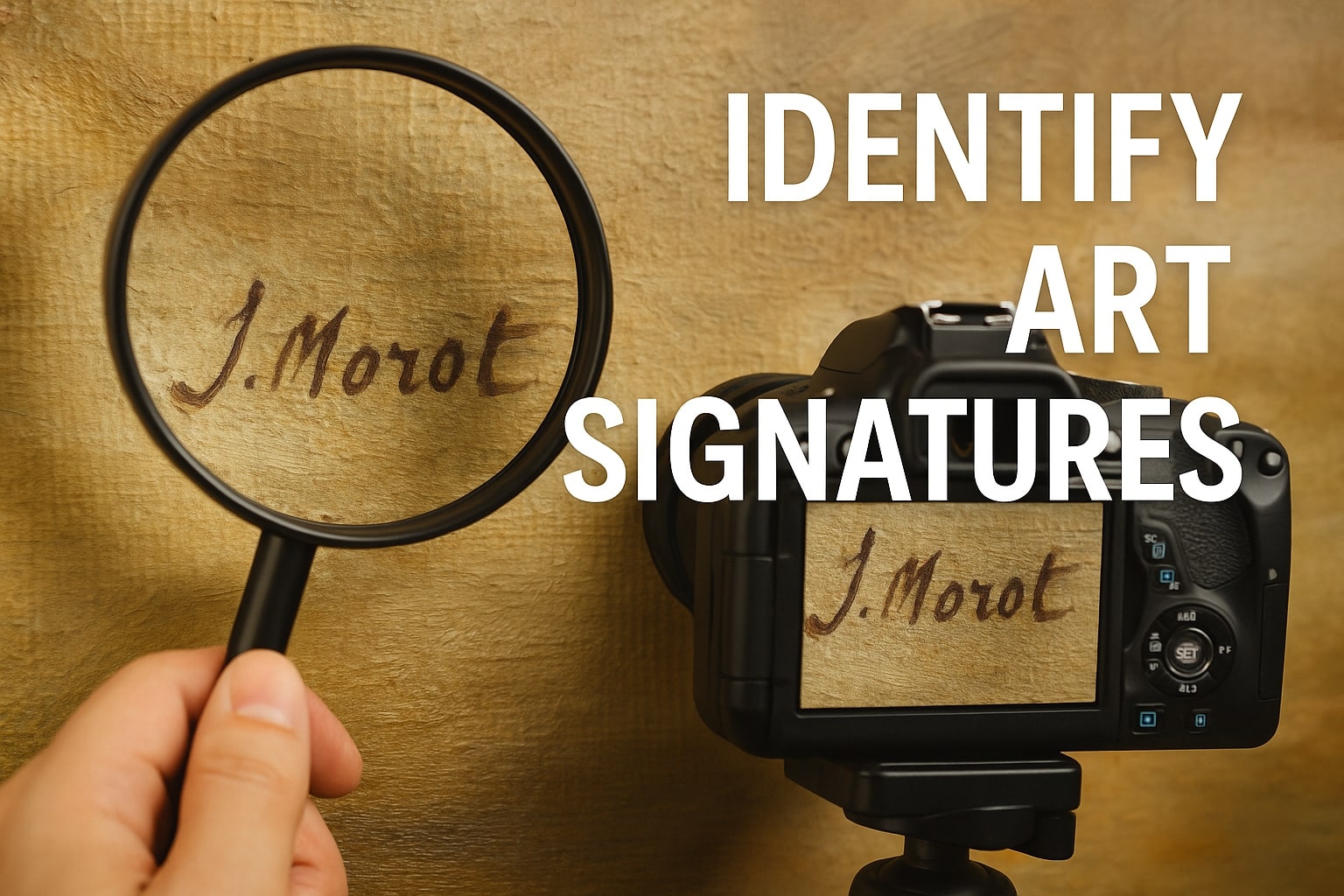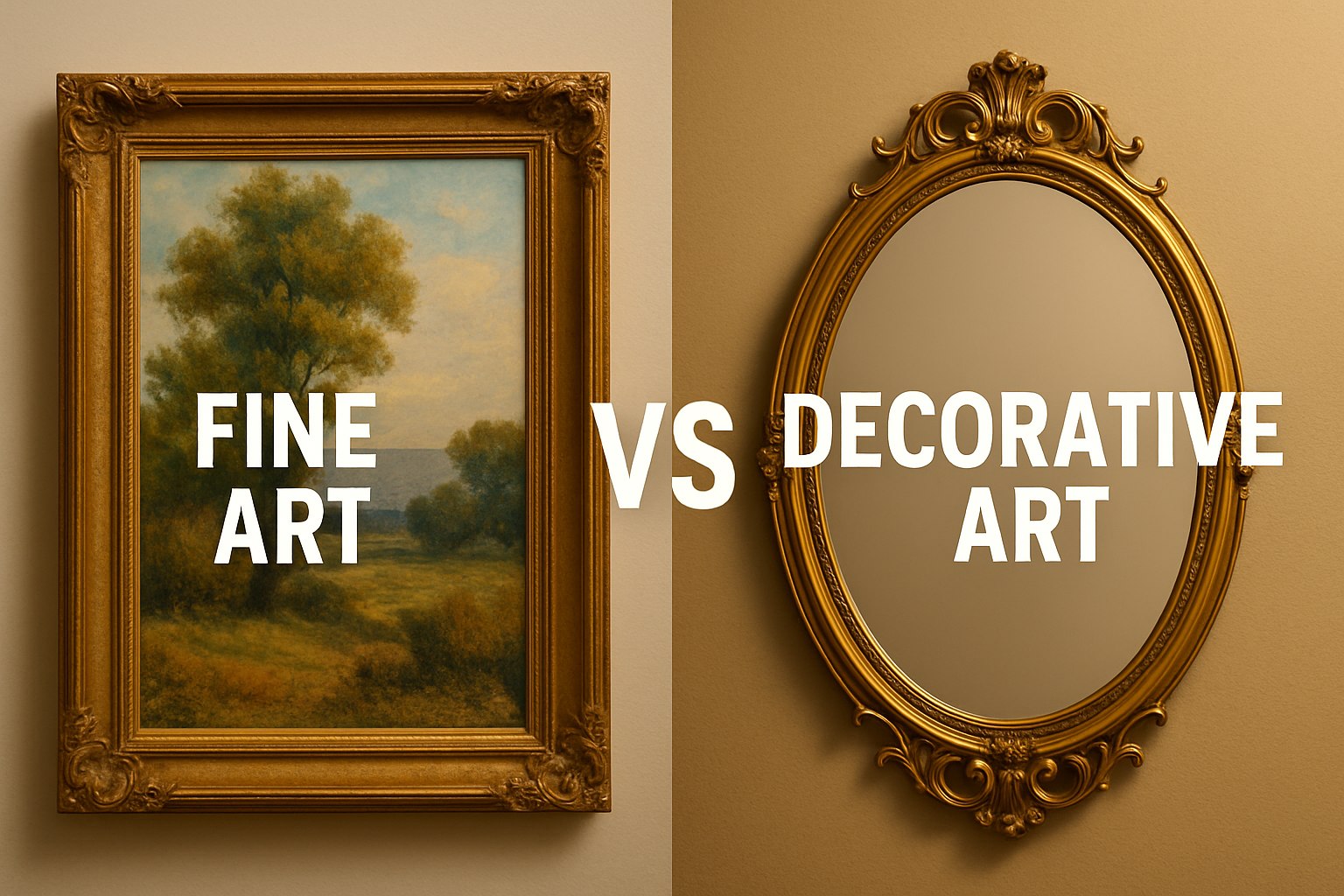5 Ways to Invest in Art and Antiques That Feel Illegal (But Aren’t)
Invest in art and antiques is more than a pursuit of beauty—it’s a strategic way to grow wealth, preserve culture, and tell a story that spans generations. While some approaches are well-known and respected, others dive into creative territory so unique that they almost feel illegal—but rest assured, they aren’t.
Here are five intriguing ways to elevate your art and antique investments, from classic methods to bold strategies that push the boundaries of traditional collecting.
1. Master the Art of Trendspotting and Stockpiling
The most successful collectors don’t simply stumbleupon valuable pieces—they anticipate trends before they hit the mainstream. It’s about more than instinct; it’s research, intuition, and a touch of market forecasting.

By analyzing auction results, following art world conversations, and keeping tabs on emerging styles, you can identify patterns that indicate what will be desirable in the future. Once you spot these trends, you stockpile relevant artworks or antiques, carefully monitoring your dollar cost average to avoid overspending during market surges.
For example, those who identified the rise of mid-century modern furniture years ago acquired undervalued pieces that have since skyrocketed in price. This method is as much about timing as it is about having a deep understanding of market dynamics.
2. Stick to Timeless Icons
Sometimes, the safest bet is also the most obvious one: investing in universally recognized masterpieces and legacy antiques. Timeless pieces tied to influential figures, significant cultural moments, or renowned brands maintain their value and desirability across generations.

Think of the enduring appeal of Coca-Cola memorabilia, a Van Gogh painting, or an antique with royal provenance. These items are iconic, and their connection to history or prestige ensures long-term interest and demand.
Collectors who prioritize timeless pieces aren’t chasing fads—they’re safeguarding wealth in objects that have proven their resilience through centuries. When in doubt, sticking to the classics is always a sound strategy.
3. Corner the Market on Rare and Unusual Finds
This is where things start to feel a little thrilling. Imagine discovering a historical artifact or a rare antique with only a handful of pieces available on the market. What if you could buy the entire supply?

Controlling an entire collection creates an extraordinary opportunity: you become the gatekeeper of its availability, effectively influencing its value. However, this method doesn’t stop at ownership. The key is to create buzz around the item’s cultural or historical significance.
For instance, you could launch a comprehensive marketing campaign to tell the story of the artifact, showcase it in museum exhibitions, or feature it in media coverage. When done well, this strategy elevates not only the item’s profile but also its perceived value, often leading to exponential returns.
This approach has been employed throughout history, with notable (and sometimes quirky) examples like the Beanie Babies craze of the 1990s. While Beanie Babies were ultimately a bubble, the principle of rarity-driven value holds strong when applied to genuinely significant pieces.
4. Own an Entire Legacy of a Forgotten Artist
Imagine uncovering an artist’s entire body of work—someone who poured their life into their creations but never gained the recognition they deserved. What if you could acquire their entire collection, take control of their legacy, and introduce them to the world as a significant artistic voice?

This method involves purchasing the complete works of a deceased and overlooked artist. By owning their entire catalog, you’re not just a collector—you’re the architect of their posthumous fame. With the right strategy, you can create a compelling narrative around the artist’s life and work, elevating their name to the ranks of celebrated artists.
Your role as the gatekeeper of their legacy could involve:
- Marketing Campaigns: Crafting stories that resonate with collectors and art enthusiasts.
- Exhibitions and Media: Showcasing the collection in galleries, museums, and documentaries to build credibility and interest.
- Museum Collaborations: Partnering with institutions to position the artist as a critical figure in their genre or era.
This isn’t just about owning art—it’s about curating a legacy. You become the storyteller, elevating the artist’s work to its rightful place in the art world.
This approach has been used by some of the most discerning collectors to uncover hidden gems, transforming them into cultural treasures. By controlling the artist’s narrative and introducing their work to the world, you create a lasting impact while significantly increasing the value of the collection you hold.
5. Sponsor an Artist for Long-Term Growth
Many collectors admire an artist whose work resonates deeply with them. However, these artists often lack the resources, tools, or connections to achieve widespread recognition. Sponsorship provides a unique opportunity to combine passion with investment.

When you sponsor an artist, you support their growth by funding better materials, studio space, and professional marketing. As they gain recognition and credibility, the value of their work—and by extension, your collection—increases dramatically.
Additionally, sponsorship offers collectors opportunities beyond traditional ownership. Imagine negotiating royalties on future works, owning the rights to media content created during the artist’s rise, or building a lasting partnership that benefits both parties. Sponsorship isn’t just an investment in art—it’s an investment in a vision.
The beauty of this strategy lies in its symbiotic nature. You’re not only supporting the artist’s journey but also positioning yourself as a key player in their success.
Why These Strategies Work
What ties these methods together is their focus on rarity, storytelling, and cultural significance. Art and antiques thrive on perception, narrative, and exclusivity. By mastering these elements, collectors can turn their passion into a powerful investment vehicle.
While traditional approaches offer stability, unconventional strategies like controlling markets, elevating overlooked artists, and sponsoring emerging talent unlock new levels of opportunity.
A Final Thought for Visionary Collectors
Investing in art and antiques is as much about intuition as it is about strategy. Whether you’re stockpiling emerging trends, cornering the market on rare finds, or shaping the career of a future icon, each approach offers the chance to leave a lasting legacy.
Collectors who think beyond the surface and embrace innovative methods often find themselves not just preserving history, but making it. The opportunities are boundless—if you know where to look.
Goodson Gallery quietly supports collectors in achieving their most ambitious investment goals, offering the expertise and connections needed to bring these strategies to life. If you feel inspired to explore these possibilities further, take a look around—you may find we’re exactly what you’ve been searching for.

